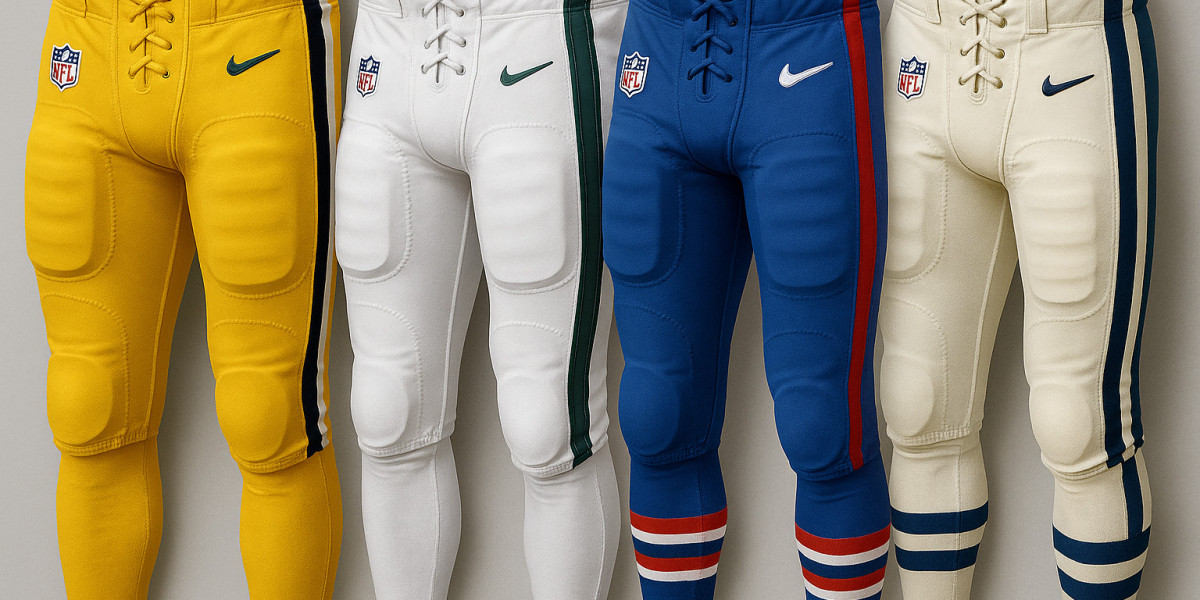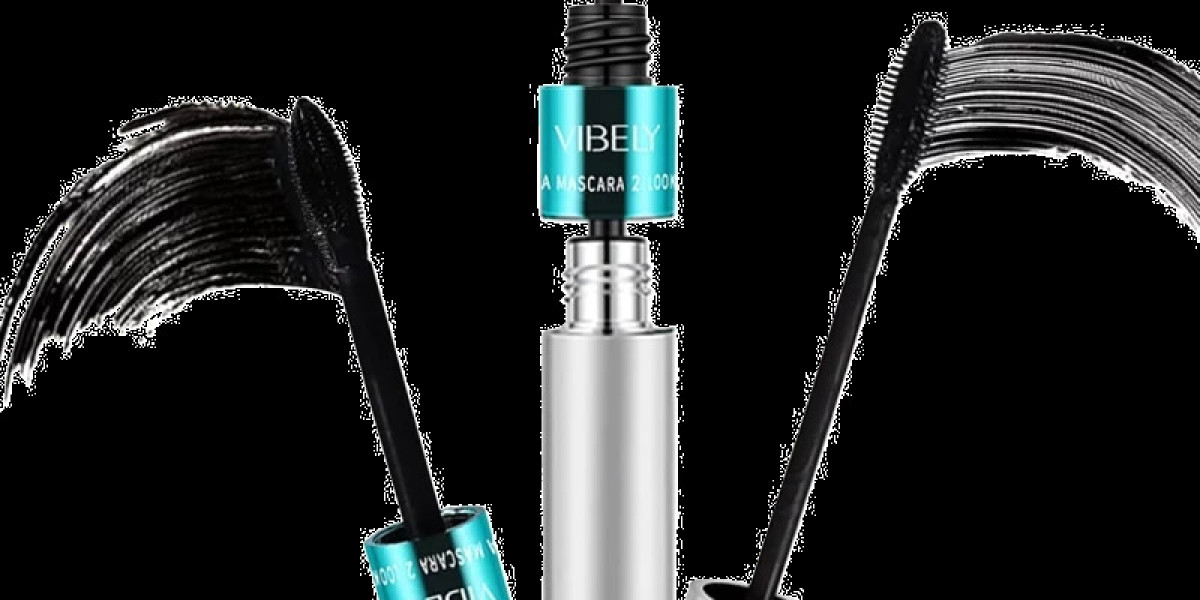When you think of NFL uniforms, it's easy to focus on the helmets, jerseys, or flashy cleats. However, one crucial element that often goes underappreciated is the football uniform pants. These pants are more than just part of the team’s look—they serve vital functions in terms of performance, protection, and identity. In this article, we take a deep dive into NFL football uniform pants, exploring their history, construction, evolution, and impact on the game.
1. The Role of Football Pants in the NFL
NFL football pants are designed to meet a complex set of requirements. They must be:
Durable: With constant contact, tackling, and sliding on turf, pants must withstand wear and tear.
Flexible: Players need full mobility—whether they’re sprinting downfield, changing direction, or diving for a tackle.
Protective: Integrated pads are essential for player safety, guarding areas like the hips, thighs, knees, and tailbone.
Regulation-Compliant: The NFL has strict uniform policies, and pants must conform to league standards.
Unlike recreational or collegiate uniforms, NFL pants are crafted to meet the demanding pace and intensity of professional-level play.
2. Historical Evolution of NFL Pants
Football pants have come a long way since the early days of the NFL.
1920s-1940s: Early football pants were made of heavy canvas or wool and featured lace-up fronts. Padding was minimal, and protection was rudimentary.
1950s-1970s: As the game evolved, so did the uniforms. Teams began adopting synthetic fabrics and better-fitting pants. Integrated padding became more common.
1980s-1990s: Pants started incorporating lighter materials and more aerodynamic designs. Elastic waistbands and spandex blends offered a better fit.
2000s-Present: Today’s pants feature high-tech fabrics, moisture-wicking technology, and a sleek fit. Advanced padding and compression elements enhance performance and protection.
3. Materials and Construction
Modern NFL football pants are constructed using a blend of advanced synthetic materials. Common materials include:
Nylon and Polyester: Known for their durability and resistance to tears.
Spandex (Lycra): Adds stretch and flexibility, ensuring a snug fit.
Mesh Panels: Allow for ventilation and help regulate body temperature.
Each pair of pants is tailored to fit tightly to reduce grabbing by opponents while still allowing for ease of movement. Additionally, pants are reinforced in high-stress areas to prevent tearing during gameplay.
4. Padding and Protection
One of the most critical features of NFL pants is the integrated padding. NFL players typically wear pads in the following areas:
Hip Pads: Protect the iliac crest and surrounding area.
Thigh Pads: Shield the quadriceps from impact.
Knee Pads: Offer protection against hits and falls.
Tailbone Pads: Guard against injury during falls or direct hits from behind.
Some players opt for custom or minimal padding, depending on their position and comfort level. For example, skill position players like wide receivers may prefer lighter pads for speed, while linemen might prioritize maximum protection.
5. Fit and Style Considerations
NFL football pants are designed to fit snugly, almost like compression garments. This tight fit reduces the chance of opponents grabbing the pants during tackles and also supports muscle performance by minimizing vibration.
In terms of style, pants come in various designs depending on the team. Common features include:
Team Colors and Logos: Often matching or complementing the jersey.
Striping: Many pants feature side stripes that align with the team’s visual identity.
Customization: Pants may be tailored to individual players for optimal fit.
Pants can be full-length or come just below the knee, typically ending where the socks begin. Over time, the league has seen trends such as shortened inseams and altered sock visibility, sometimes sparking debate about adherence to the NFL's uniform rules.
6. Technology and Innovation
In recent years, NFL uniform pants have seen significant technological advancements, often thanks to partnerships with brands like Nike, the official uniform provider since 2012. Key innovations include:
Moisture-Wicking Fabrics: Help keep players dry by drawing sweat away from the body.
Stretch Zones: Panels that enhance mobility in key areas like the knees and hips.
Lightweight Padding: High-impact protection with less bulk.
Integrated Belt Systems: Reduce weight and streamline the silhouette.
These innovations aim to improve player performance while ensuring safety and durability throughout the high-impact environment of an NFL game.
7. Uniform Rules and Compliance
The NFL enforces strict uniform guidelines, and this includes the football pants. Rules are monitored closely by officials and even include fines for non-compliance. Common infractions include:
Missing or Improper Padding: Players must wear all required pads.
Unauthorized Alterations: Cutting the pants too short or modifying the fit in a way that exposes skin.
Incorrect Colors or Logos: Uniforms must be approved and match team specifications.
Before each game, players undergo visual checks to ensure they meet the NFL’s uniform standards.
8. Position-Based Preferences
Different positions have different needs when it comes to uniform pants:
Linemen: Often wear thicker pads and prefer sturdier fabric for added protection.
Wide Receivers and Defensive Backs: Choose minimal pads and tighter fits to allow for speed and agility.
Quarterbacks: Need flexibility but also some padding for protection in the pocket.
Special Teams: Often wear pants similar to skill players, balancing speed and impact resistance.
These subtle distinctions highlight how personal preference and position-specific demands influence equipment choices, even down to the pants.
9. Customization and Player Preference
NFL teams and equipment managers often customize pants for individual players. Adjustments might include:
Tighter Fits: For speed and agility.
Different Pad Inserts: Based on comfort and injury history.
Ventilation Features: For players in hot climates or dome stadiums.
Some players are known for specific preferences, and equipment staff work closely with athletes to make sure their gear feels just right.
10. Cultural and Fashion Influence
Though primarily functional, NFL football pants have also become part of the sport's cultural identity. Fans notice style changes, and uniform designs can become iconic. Retro styles from past eras often inspire modern throwback uniforms, complete with period-accurate pants.
In the age of social media and sports fashion, everything down to a player’s pants can be scrutinized, praised, or critiqued—making uniform design an increasingly strategic aspect of team branding.
Conclusion
NFL football uniform pants are far more than a wardrobe staple—they are an essential piece of high-performance athletic equipment. Balancing protection, mobility, and style, these pants contribute directly to a player's effectiveness on the field. From historic wool designs to modern, tech-enhanced spandex blends, the evolution of football pants mirrors the growth of the NFL itself. As technology continues to advance and style trends shift, expect football pants to remain a focal point of innovation in the sport's ever-evolving landscape.








